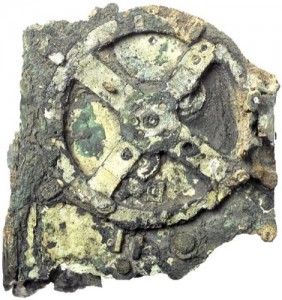Do you ever wonder how your brain is able to selectively focus on certain things and not on others? At Carnegie Mellon University, the neuroscientists discovered what drives such process. Through various brain imaging techniques, the researchers were able to see how pariental cortex and visual cortex communicate with each other through white matter by sending neural signals and help the brain certain visual information. For example, if one was looking for keys in a purse full of stuff, the brain would have to selectively work to locate the specific item.
Neuroscientists conducted two experiments with five adults. In order to first identify brain regions responsible for visual processing and selective attention, they made a couple of different brain scans while the participants were doing selective attention exercises. Then, while the participants were not performing any tasks, the researchers collected anatomical data of the white matter that serves as a connection between visual cortex and pariental cortex.
The results indicated that there are direct connections in corresponding visual field locations between pariental and visual cortex, while the white matter connections are mapped in systematic, direct way. It is known that training can alter white matter activity. This brings out a new idea, that through careful training, it would be possible to help the brain filter out unwanted information and focus on important one, easier. This could be helpful for University students, by helping them study more efficiently. Also people having a high stressful job, such as emergency room doctors and surgeons, would have an easier time thinking on how to react in certain situations.
For more information on the big picture of neuroscience, watch this video:
References:
Carnegie Mellon University (2012, February 21). Neuroscientists identify how the brain works to select what we (want to) see. ScienceDaily.
Youtube video: https://www.youtube.com/watch?v=RREoQJUHSYE


























